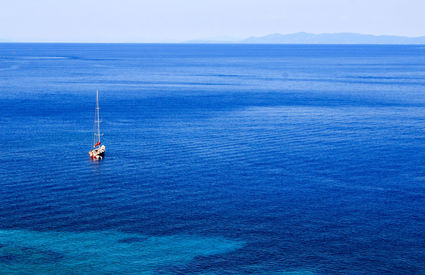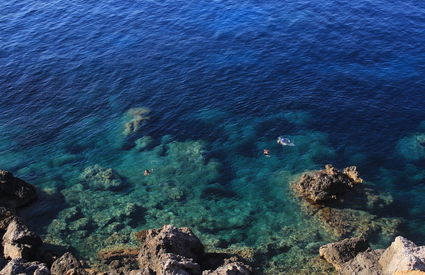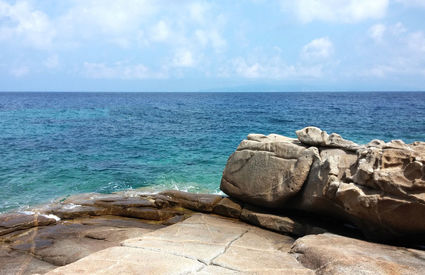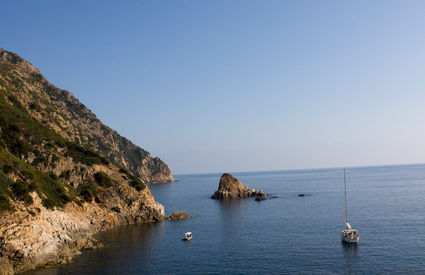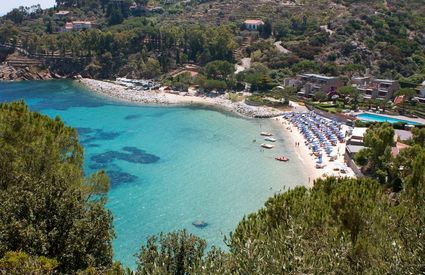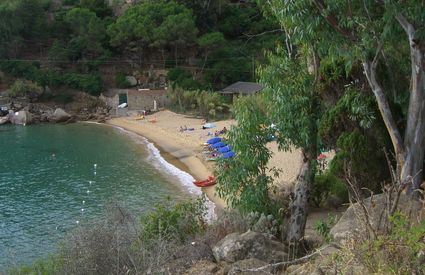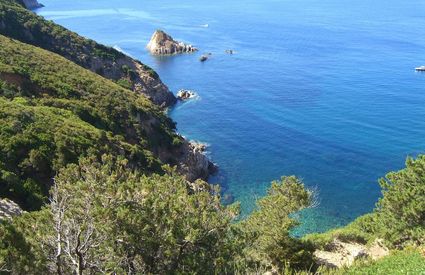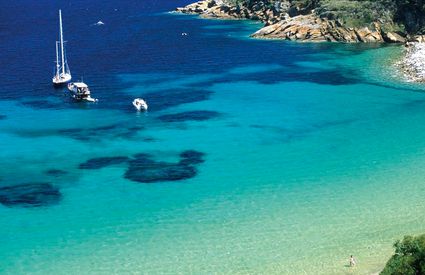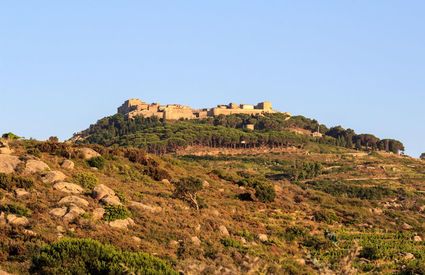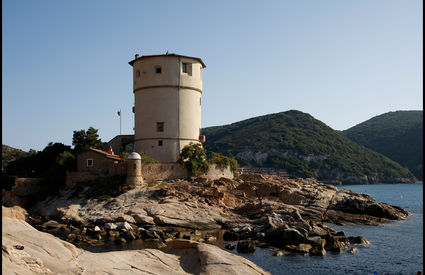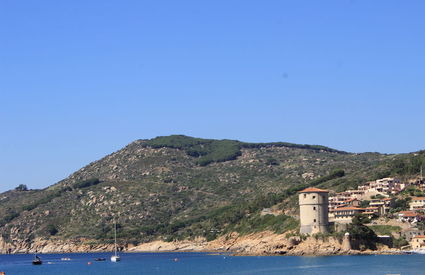Isola del Giglio
The legend of Saint Mamilian
From dragons to pirates: the roving patron saint’s relationship with his promised land
The legend of Saint Mamilian
From dragons to pirates: the roving patron saint’s relationship with his promised land
Monte Giove
400 years had passed since the birth of Christ. A man who was unpopular with the king of Vandals was escaping via the Mediterranean sea, seeking refuge. Mamilian set sail from Sicily; from Tunisia; from Sardinia; it only took a short while for Gelimero’s minions to start following him. (The diligent centurions had an information chain that worked much better than many of us today might imagine it would). Mamilian docked and within a few months, in a corner of the forum, or inside a temple, or at his hotel, here and there he’d spot the suspicious gaze of a pair of officials, looking out from behind a glass, or a drape, or a column, and he realized it was time to set sail once again.
One day as he was roaming over the seas, the fugitive’s gaze landed on a granite mountain of the inviting green coves. This small island cropping up from the waves, not far from a promontory, was known as Monte Giove.
The saint and the dragon
On the emerald waters of that magnificent island, Mamilian thought he had finally found peace—no one would have followed him all the way there. It wasn’t long, though, before he was forced to stop ignoring the bleak, grim screams coming from the top of the mountain, and when he saw a vast monster take flight, he had to once again roll up his sleeves. The island was infested by an ancestral beast—an immense winged dragon that had dug out its den right there.
Mamilian couldn’t allow a creature like that to stay on his island. He decided he’d have to create an ambush: to take the dragon by surprise, he headed upwards from the thick vegetation of the Caldane bay, joined the dragon at the mountain’s peak and, by the time it realized Mamilian was there, he was practically already on top of it. A furious battle broke out: Mamilian, on the shoulders of the monster, managed to hold steady as the beast flew, then, suffocated by the hero’s grip, the dragon began to lower, thrashing around to unseat him. But Mamilian resisted: with the force of his strikes and tugs, he defeated the dragon, who fell to its end in the Cannelle bay, leaving a treasure behind to the island—something that can still be admired today. If you go underwater in the bay, you can still see golden flakes, dissolved remnants of the dragon’s scales.
Saint Mamilian of the Turks
Centuries later, Mamilian was the patron saint of the island, and it was by then common practice to go to him when needed. Accustomed to pirate raids, Giglio Island was once again besieged by corsairs. For centuries, the buccaneers had oppressed the coasts with bloody ferocity, but on the fateful day of November 18, 1799, the situation was desperate.
The assailants, in crushing numbers, were in Campese (a portion of Giglio Island). Their fleet was substantial: two frigates and five xebec ships. The island was invaded by a flood of pirates. Natives were few and far between, and largely unarmed. They defended themselves just by firing for hours from the towers of the Castle.
The outpost of the Campese tower fell, but the island’s residents didn’t surrender, continuing to resist and to pray to Saint Mamilian, who sent a sign: the image of a band of soldiers, which appeared on the walls of the fortress. There were so many of them that it scared off the assailants and convinced them to disperse.


